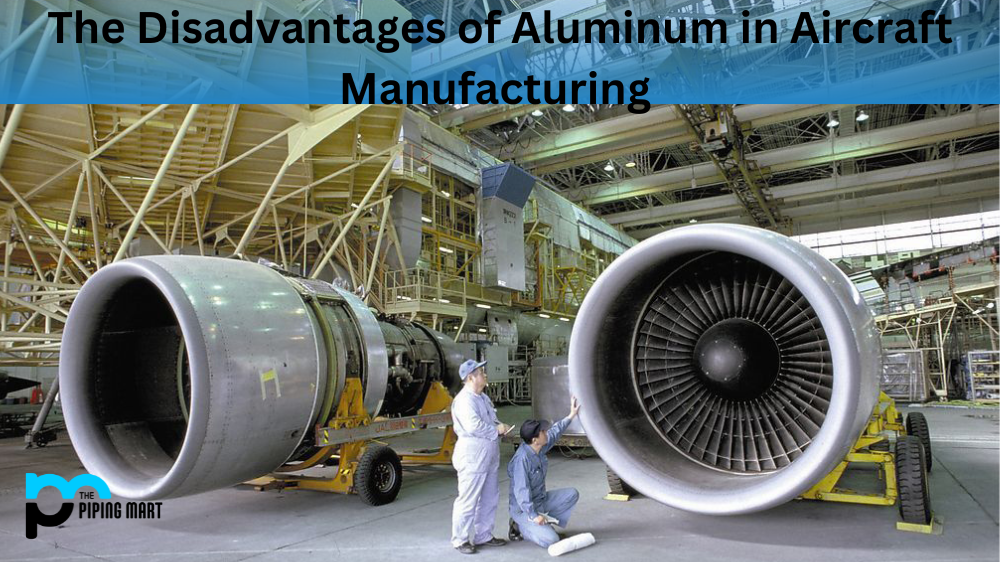Thanks to its robustness, durability, and versatility, steel tubing has become essential in almost all industries. However, not all steel tubing is created equal – there are different methods of manufacturing it, each offering a unique set of benefits. Two of the most common methods include Electric Resistance Welding (ERW) and Cold Drawn Welding (CDW). In this article, we’ll examine the differences between the two.
Difference Between ERW and CDW Steel Tubes
Manufacturing Process
The first significant difference between ERW and CDW lies in their manufacturing processes. ERW tubes are made by welding at high speeds and temperatures using electricity to fuse the materials. CDW, on the other hand, involves pulling the steel through a die at room temperature, which creates a seamless tube. As a result of their differences in process, ERW tubes have visible welded lines, whereas CDW tubes have no visible seams.
Strength
The two tubing types also differ in terms of strength. ERW tubes tend to be stronger because they are constructed using higher temperatures and pressure, which results in a stronger weld. CDW tubes, on the other hand, have a smoother and more consistent surface finish, which makes them less susceptible to cracking, especially in high-pressure applications.
Cost
Regarding cost, ERW tubes are generally less expensive than CDW tubes. This is because the ERW manufacturing process is more automated than the CDW process, which requires the machining and drawing of the steel. Additionally, because ERW tubes can be manufactured in larger quantities, they can be produced at a lower cost.
Applications
Both ERW and CDW tubes have a wide array of applications that they serve. However, their specific use cases differ. ERW tubes are typically used in low-pressure applications, such as in constructing fences, furniture, and signage. CDW tubes, on the other hand, are ideal for precision applications such as the medical sector and automotive industry because of their seamless finish and high strength.
Quality Control
ERW and CDW tubes must undergo extensive quality control measures to ensure their safety and reliability. However, ERW tubes tend to be more prone to defects such as cracks, inclusions, and porosity. This is why they undergo more rigorous testing to weed out those with possible defects. CDW tubes, conversely, are less susceptible to faults, thanks to their seamless finish, and require minimal testing.
Greater Durability
CDW pipes are also typically more durable than ERW pipes. This is because the multiple layers of steel in CDW pipes make them less likely to rust or break down over time. As a result, CDW pipes have a longer lifespan and require less maintenance than ERW pipes.
Greater Flexibility
ERW pipes are typically more flexible than CDW pipes. This is because they are made from a single piece of steel, which makes them easier to bend and shape into various configurations. As a result, ERW pipes are often used in applications where flexibility is required, such as in electrical conduits.
Greater versatility
ERW pipe can be used for various applications, while CDW pipe is typically used for specific applications with the most beneficial advantages. For example, ERW pipe can be used for structural and non-structural applications, while CDW pipe is typically only used for structural applications.
Conclusion
In conclusion, while ERW and CDW steel tubes may look similar, they have different manufacturing processes, strengths, costs, and applications. Knowing the differences can help you decide which box to select for your next project. Ultimately, the choice between the two depends on your specific application needs, so it’s worthwhile to understand your requirements before deciding.

Abhishek is a seasoned blogger and industry expert, sharing his insights and knowledge on various topics. With his research, Abhishek offers valuable insights and tips for professionals and enthusiasts. Follow him for expert advice on the latest trends and developments in the metal industry.




